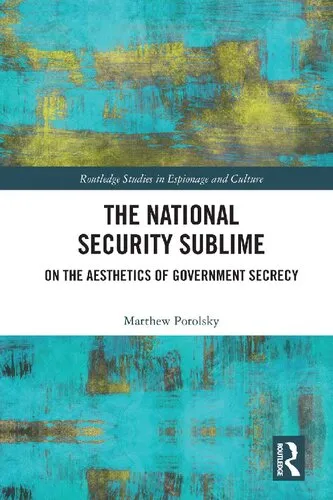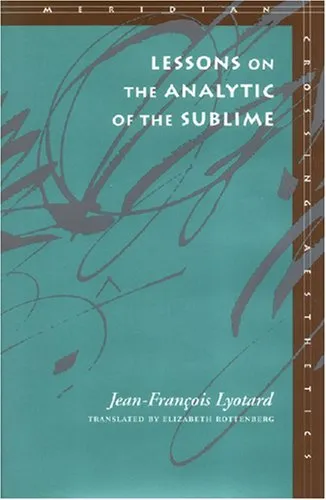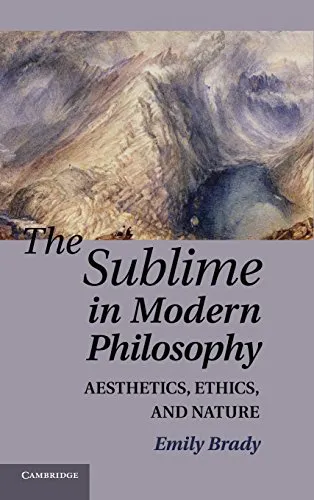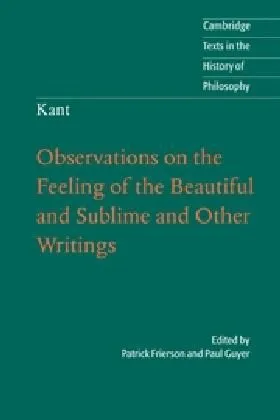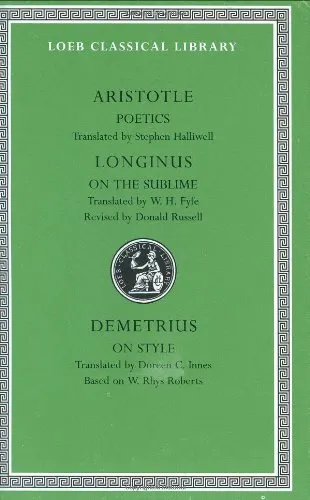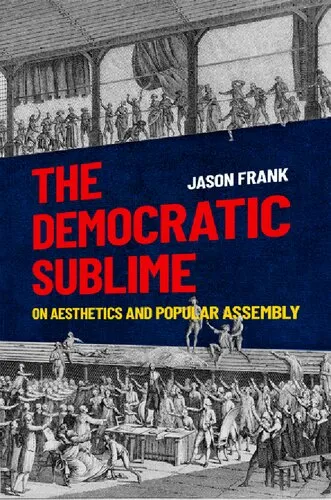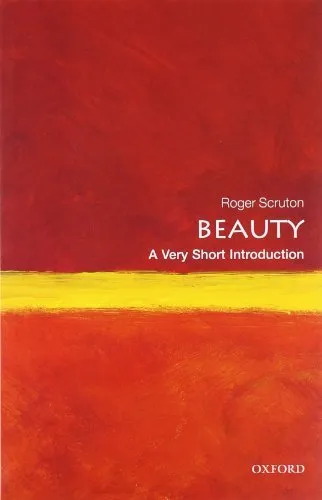The National Security Sublime: On the Aesthetics of Government Secrecy
4.3
Reviews from our users

You Can Ask your questions from this book's AI after Login
Each download or ask from book AI costs 2 points. To earn more free points, please visit the Points Guide Page and complete some valuable actions.Related Refrences:
Introduction
"The National Security Sublime: On the Aesthetics of Government Secrecy" is a groundbreaking exploration into the complex interplay between aesthetics and government secrecy. Authored by Matthew Potolsky, this book delves deeply into how governmental secrecy is not merely a functional act of withholding information for the sake of national security. Instead, Potolsky argues, it is an intricate aesthetic performance that shapes public perception and engenders a specific, often awe-inspiring, response from the public. This book seeks to unravel the layers of artistic and philosophical influences that render secrecy a compelling aspect of modern governance.
Detailed Summary of the Book
"The National Security Sublime" begins by establishing a theoretical framework that combines elements of art, literature, and political theory to scrutinize how state secrecy operates. Potolsky provides a thorough examination of the historical evolution of secrecy practices, tying them to a broader cultural and aesthetic context. The book is divided into several sections, each focusing on different dimensions of government secrecy, including its roots in Cold War politics, its portrayal in popular media, and its implications in the digital age.
Potolsky uses case studies to illustrate his points, analyzing iconic symbols of secrecy such as the NSA, black sites, and classified technologies. He demonstrates how these create a specific emotional and intellectual response that mirrors the notion of the 'sublime'—a concept from aesthetics that describes experiences of overwhelming grandeur or beauty mixed with fear or anticipation. By doing so, he offers a fresh lens through which we can view the mechanisms of power and control, suggesting that secrecy has its own unique aesthetic theory.
Key Takeaways
- Government secrecy should be viewed not only as a political necessity but also as an aesthetic construct.
- Secrecy employs techniques similar to those of the sublime in art, evoking emotions that validate the power structures they are meant to protect.
- The aesthetics of secrecy have evolved over time, heavily influenced by historical and cultural shifts especially notable during the Cold War.
- Popular media and cultural narratives significantly contribute to the public perception and emotional impact of government secrecy.
- Understanding the 'National Security Sublime' can offer new insights into the transparency and accountability of governing bodies.
Famous Quotes from the Book
"Secrecy commands a peculiar kind of reverence, one that is an amalgamation of fear, respect, and profound curiosity."
"In its silent authority, government secrecy compels us to acknowledge and yet question the very essence of power that rules over us."
Why This Book Matters
"The National Security Sublime" is an essential read for anyone interested in understanding the nuanced relationship between aesthetic expression and governmental operations. The book offers a transformative perspective on how secrets shape our world—not just politically, but also culturally and philosophically. Potolsky provides readers with tools to critically examine the ingrained structures that justify secrecy, enabling a more informed discussion about its role in modern governance. This book challenges readers to look beyond surface-level understandings and to consider the profound impact that the aesthetics of secrecy wield on public consciousness. In a world where transparency is continually debated and the tension between secrecy and freedom remains palpable, this book is both timely and relevant.
Free Direct Download
You Can Download this book after Login
Accessing books through legal platforms and public libraries not only supports the rights of authors and publishers but also contributes to the sustainability of reading culture. Before downloading, please take a moment to consider these options.
Find this book on other platforms:
WorldCat helps you find books in libraries worldwide.
See ratings, reviews, and discussions on Goodreads.
Find and buy rare or used books on AbeBooks.
1340
بازدید4.3
امتیاز0
نظر98%
رضایتReviews:
4.3
Based on 0 users review
Questions & Answers
Ask questions about this book or help others by answering
No questions yet. Be the first to ask!
